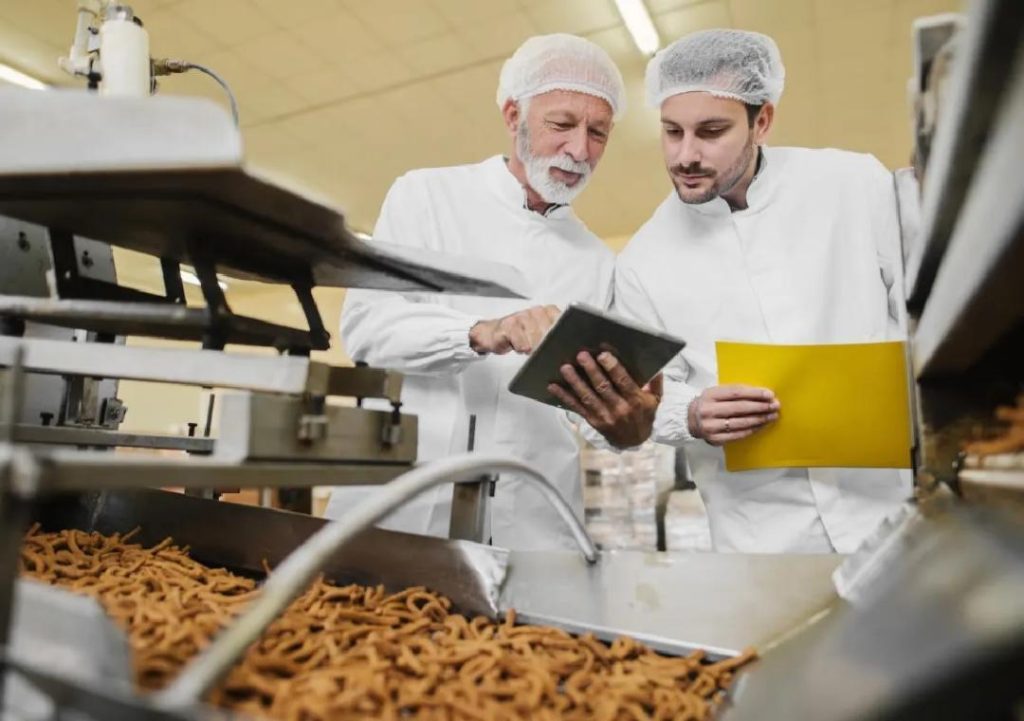
Can P&L Optimisation Redefine Success in Food Technology?
The food technology industry has witnessed significant growth in recent years, driven by advances in automation, data analytics, and consumer demand for convenient and sustainable food options. With the increasing competition and fluctuating market conditions, food technology companies are under pressure to optimise their profit and loss (P&L) operations to stay ahead of the curve. In this blog post, we’ll explore how P&L optimisation can redefine success in food technology and provide insights on how companies can achieve it.
The Importance of P&L Optimisation
P&L optimisation is a critical aspect of any business, and food technology companies are no exception. A well-optimised P&L statement helps companies to monitor their financial performance, identify areas of inefficiency, and make data-driven decisions to improve profitability. In the food technology industry, P&L optimisation is particularly crucial due to the complexities involved in food production, processing, and distribution.
Automation and Smart Inventory Systems
One of the key factors contributing to P&L optimisation in food technology is the adoption of automation and smart inventory systems. These tools enable companies to streamline their operations, reduce waste, and improve supply chain efficiency. For instance, automation can help to:
- Optimize production scheduling: By automating production scheduling, companies can reduce downtime, increase output, and improve product quality.
- Monitor inventory levels: Smart inventory systems can track inventory levels in real-time, enabling companies to identify potential stockouts or overstocking, and make adjustments accordingly.
- Reduce waste: Automation can help to identify and eliminate waste in various stages of the production process, reducing costs and improving profitability.
Data Analytics
Data analytics is another critical component of P&L optimisation in food technology. By leveraging data analytics, companies can gain insights into their operations, identify areas of inefficiency, and make data-driven decisions to improve profitability. Data analytics can help to:
- Improve demand forecasting: By analyzing sales data and consumer trends, companies can improve demand forecasting, reducing the risk of overstocking or understocking.
- Optimize pricing: Data analytics can help companies to optimize pricing strategies, taking into account factors such as production costs, market conditions, and consumer behavior.
- Enhance supply chain management: Data analytics can help companies to identify inefficiencies in their supply chain, reducing costs and improving delivery times.
Scalable Models
Scalable models are essential for food technology companies looking to achieve sustainable growth and stay competitive in the industry. By adopting scalable models, companies can:
- Reduce costs: Scalable models enable companies to reduce costs by leveraging economies of scale, improving supply chain efficiency, and reducing waste.
- Improve profitability: Scalable models can help companies to increase profitability by improving demand forecasting, optimizing pricing, and reducing costs.
- Enhance customer satisfaction: Scalable models enable companies to improve customer satisfaction by providing consistent quality products, reducing delivery times, and improving customer service.
Case Studies
Several food technology companies have successfully implemented P&L optimisation strategies to improve profitability and stay competitive in the industry. For instance:
- Food processing company: A food processing company implemented automation and smart inventory systems to improve production scheduling, reduce waste, and optimize inventory levels. As a result, the company reduced its costs by 15% and improved its profitability by 20%.
- E-commerce platform: An e-commerce platform for food delivery services implemented data analytics to improve demand forecasting, optimize pricing, and enhance supply chain management. As a result, the company reduced its delivery times by 30% and improved its customer satisfaction ratings by 25%.
Conclusion
P&L optimisation is a critical aspect of success in the food technology industry. By adopting automation, smart inventory systems, and data analytics, food technology companies can streamline their operations, reduce waste, and improve profitability. Scalable models are essential for achieving sustainable growth and staying competitive in the industry. By implementing P&L optimisation strategies, food technology companies can redefine success and achieve long-term profitability.
News Source:
https://www.growthjockey.com/blogs/p-and-l-operations-in-food-tech






